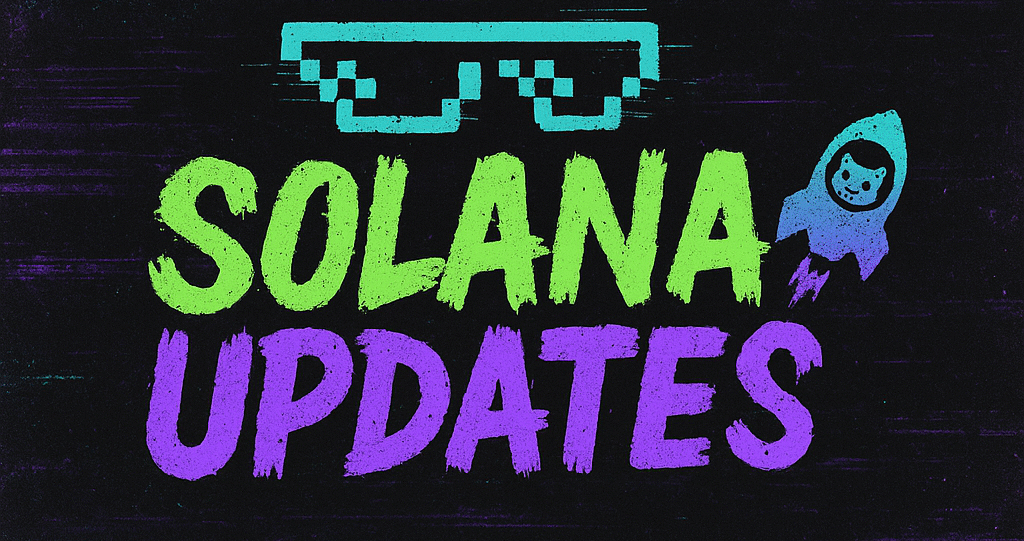Why the ‘Stripper Index’ Doesn’t Correlate with Bitcoin, According to OnlyFans Models
In the ever-evolving world of digital finance and content creation, unique economic indicators often emerge. One such indicator is the ‘stripper index,’ a term historically used to suggest that the number of individuals entering the adult entertainment industry might correlate with economic downturns. However, recent insights from OnlyFans models suggest that this theory does not translate well into the digital economy, particularly concerning Bitcoin and other cryptocurrencies.
The concept of the ‘stripper index’ was popularized during economic downturns, where an increase in the number of people entering the adult entertainment industry was perceived as a reflection of poor economic conditions. This concept, however, seems to fall apart when applied to the digital realm, specifically OnlyFans, a platform where creators can monetize their content directly from fans.
OnlyFans and the Digital Economy
OnlyFans has revolutionized the adult content industry by allowing creators to have direct control over their earnings, independent of traditional economic factors. In recent analyses, it has been observed that the income of OnlyFans models does not necessarily fluctuate in concert with Bitcoin’s volatile market. This suggests that the economic dynamics governing digital content creation are distinct from those affecting traditional markets.
One OnlyFans model, going by the username @CryptoBabe, shared, “My earnings have been consistent, even when Bitcoin took a hit. It seems like my fans are more interested in content than in market trends.” This sentiment is echoed by many in the industry, indicating that while Bitcoin and cryptocurrencies are subject to high volatility, the demand for digital content remains steady.
The Intersection of Cryptocurrency and Digital Content
Bitcoin and other cryptocurrencies offer unique opportunities and challenges for digital creators. While some OnlyFans models accept payments in Bitcoin, this practice is not widespread enough to establish a clear correlation between cryptocurrency fluctuations and content earnings. Moreover, the decentralized nature of cryptocurrencies allows creators to bypass traditional banking systems, offering a level of financial freedom that is particularly appealing to those in the adult industry.
Financial analyst Sarah Thompson explains, “The digital content market operates on different principles. The demand is more about the creator’s brand and engagement than about macroeconomic trends or digital currency valuations.” This indicates that the economic forces at play in the digital content industry are largely driven by personal branding and creator-fan relationships, rather than broader economic indicators.
Conclusion
While the ‘stripper index’ might still be a fun anecdote for economists to ponder over in traditional settings, its application is limited in the digital age. OnlyFans models and digital content creators are carving out a niche where personal brand and direct fan engagement dictate financial success, rather than the fluctuating tides of cryptocurrency markets.
As the digital landscape continues to evolve, it will be interesting to see how these dynamics develop and what new economic indicators might emerge to reflect the unique intricacies of this burgeoning sector.
🛒 Recommended Product: Check out top-rated crypto gear on Amazon


